Simon & Priscilla Visit France
We slept in this morning after a relatively late night reading about the French Revolution, which is a most fascinating era of French history.
We rose and had breakfast - baguettes, quiche and coffee.
We went to the L’Orangerie Museum, which is a gallery of impressionist artists, most notable Monet. There are two rooms especially designed by Monet in an oval shape to house his huge waterlilies paintings. They are about 10 metres long. There are four paintings in each of the two rooms. There are seats in the middle of
sdodson55
17 chapters
16 Apr 2020
Seventh Day in Paris
April 14, 2017
|
Pantheon
We slept in this morning after a relatively late night reading about the French Revolution, which is a most fascinating era of French history.
We rose and had breakfast - baguettes, quiche and coffee.
We went to the L’Orangerie Museum, which is a gallery of impressionist artists, most notable Monet. There are two rooms especially designed by Monet in an oval shape to house his huge waterlilies paintings. They are about 10 metres long. There are four paintings in each of the two rooms. There are seats in the middle of

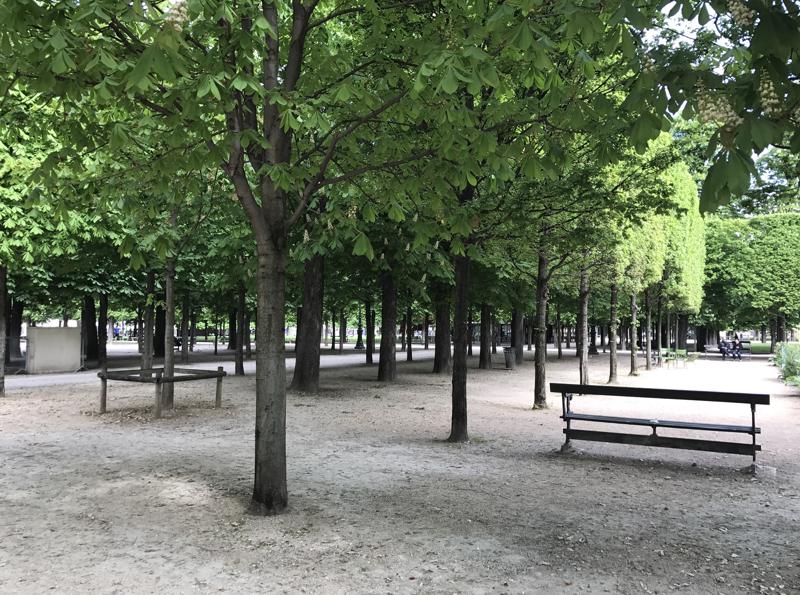
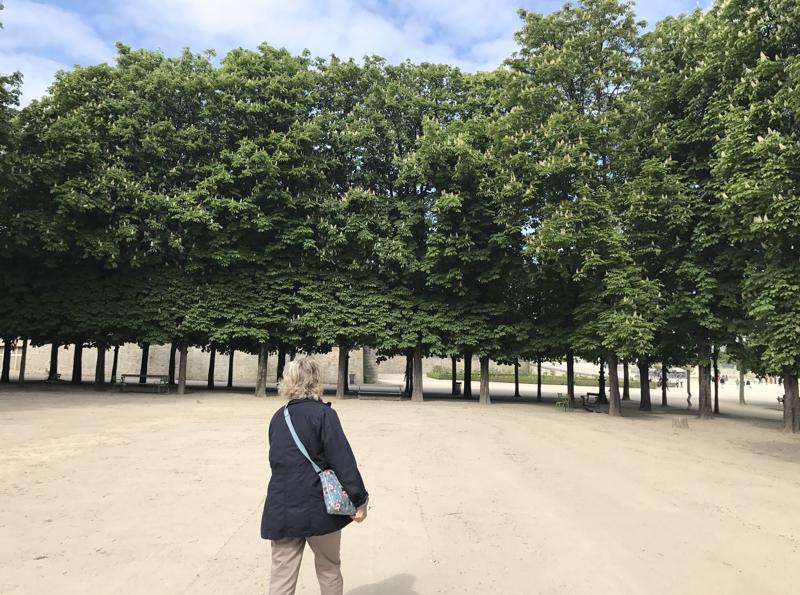
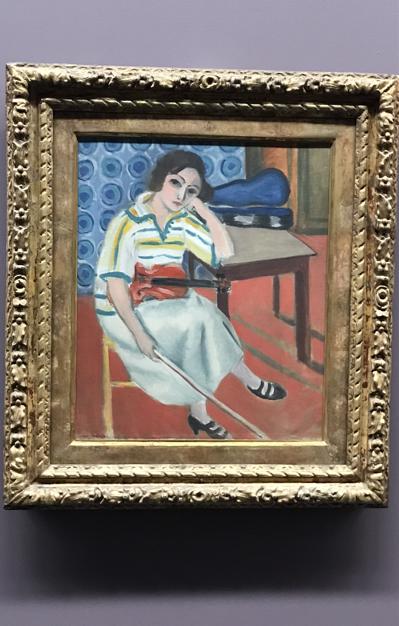
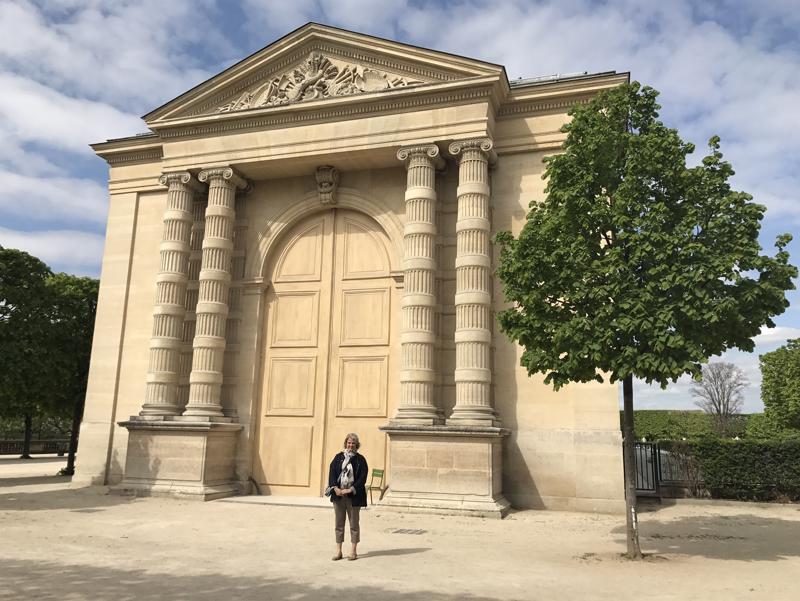
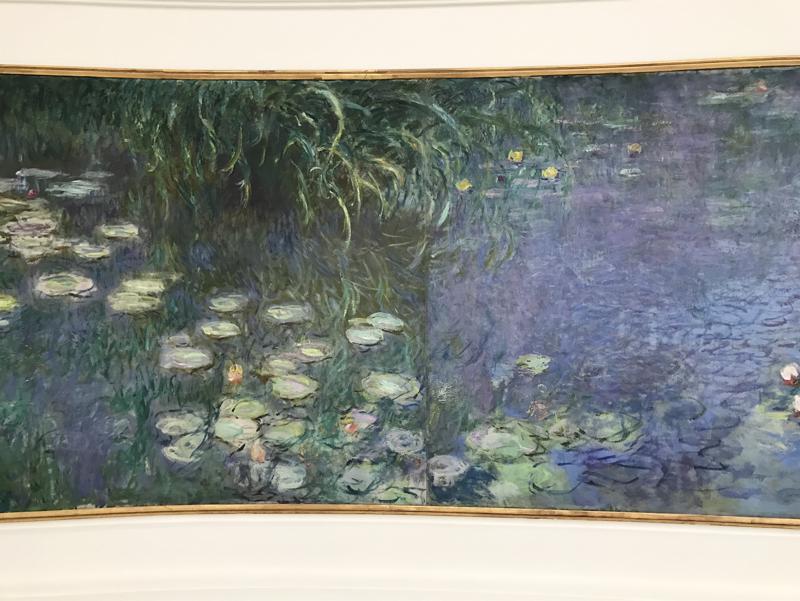
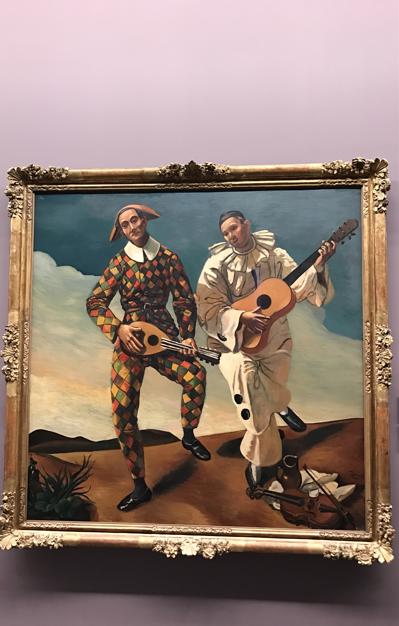
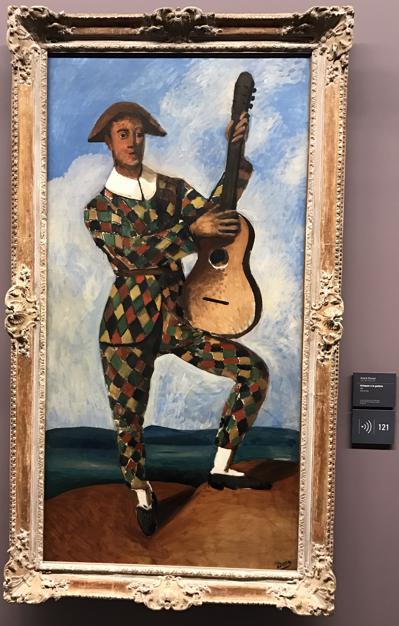
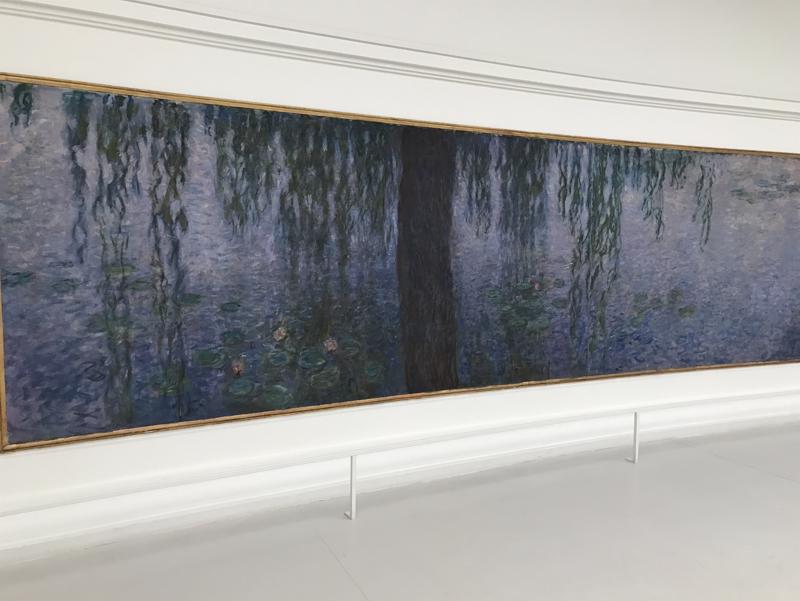
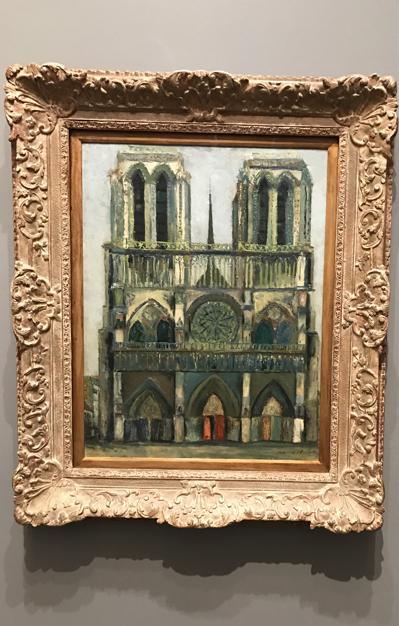
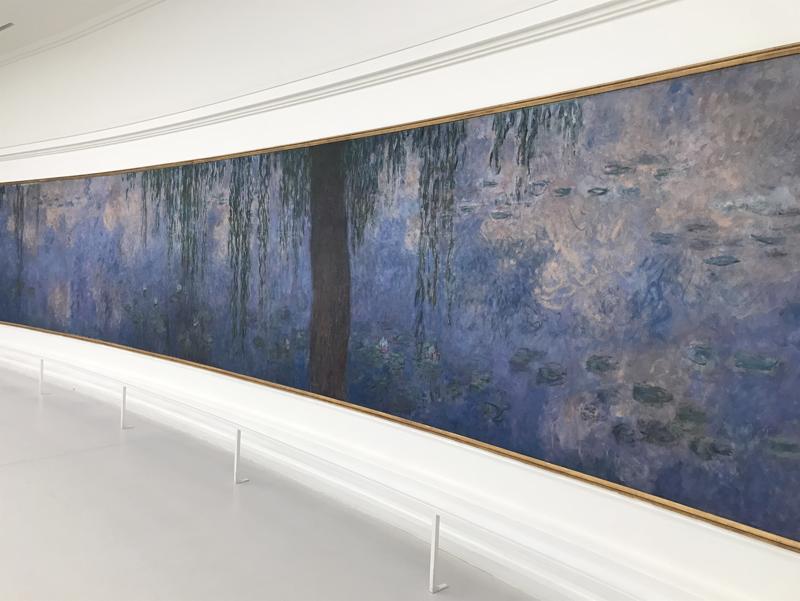
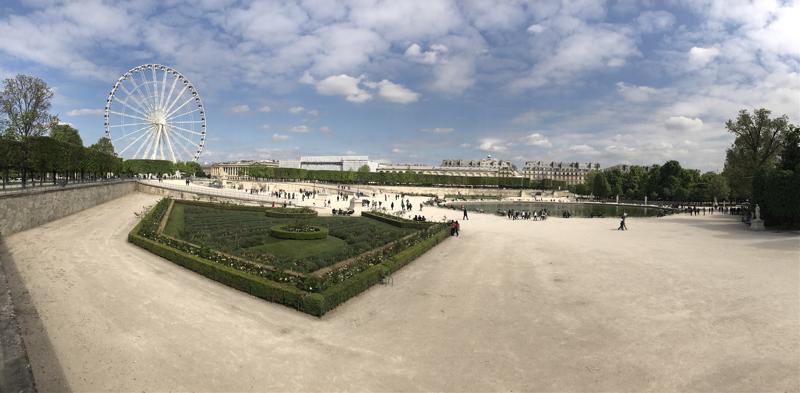
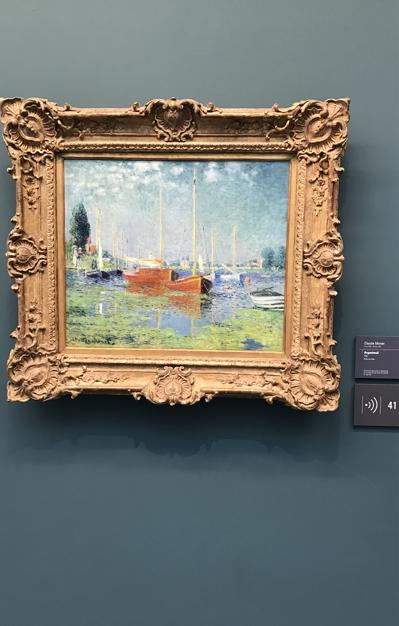
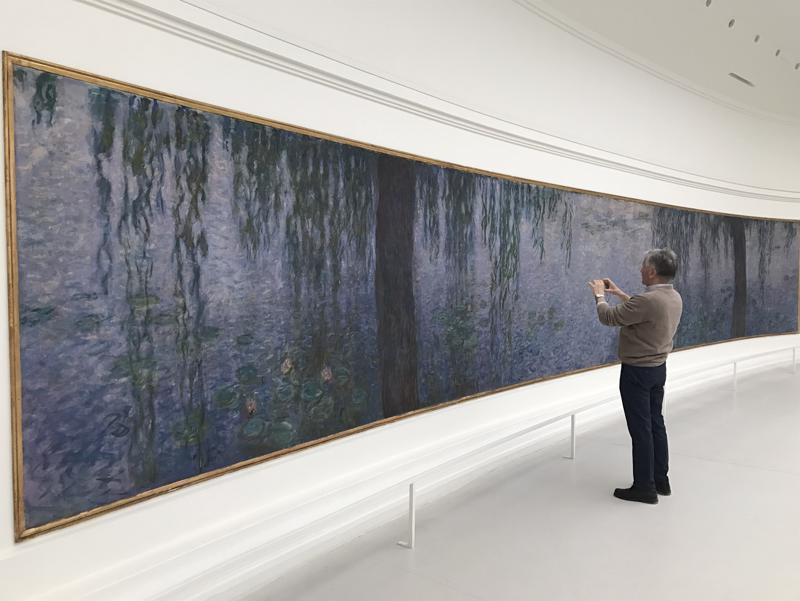
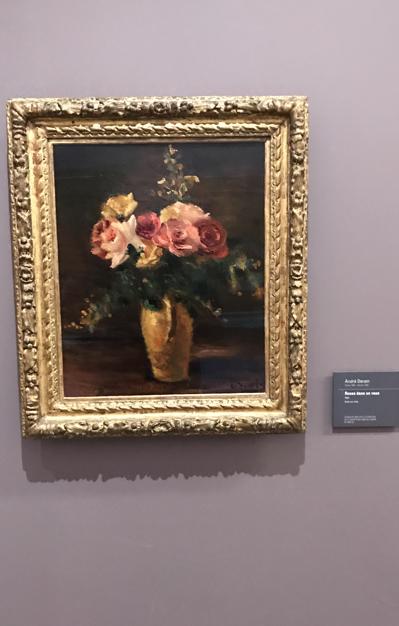
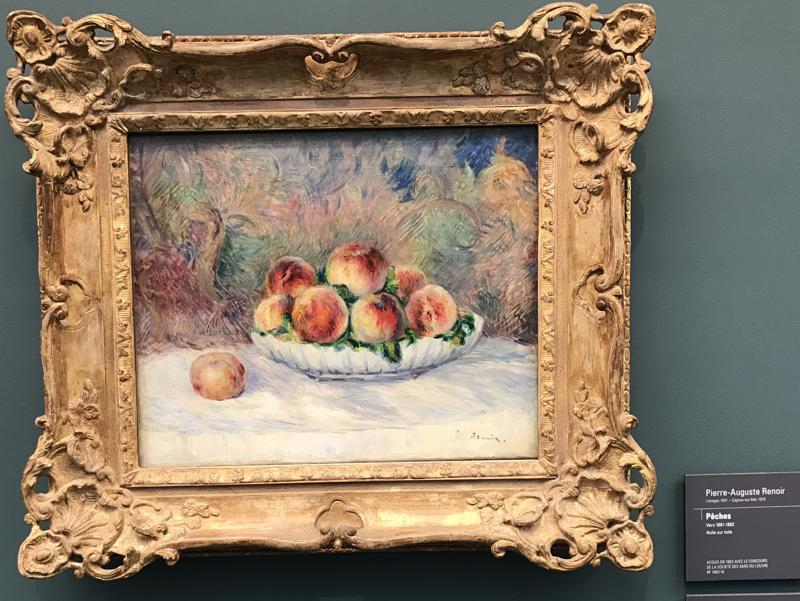
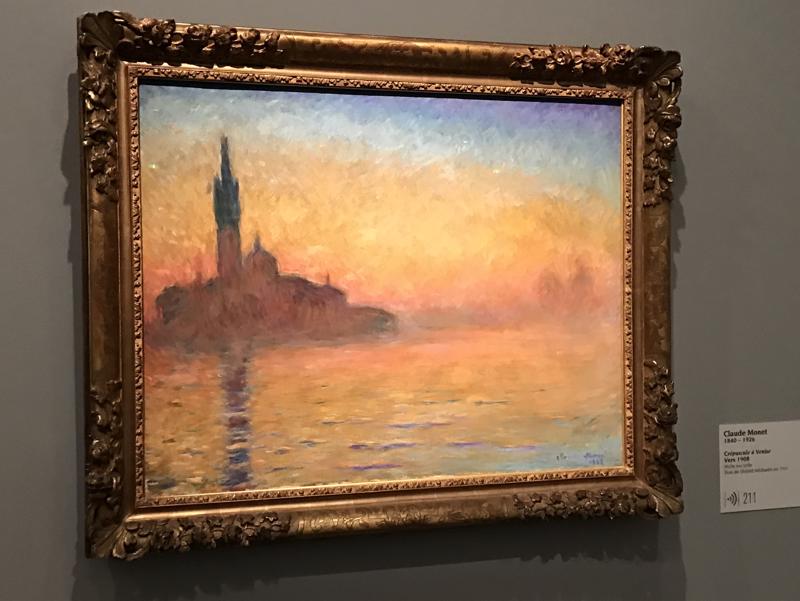
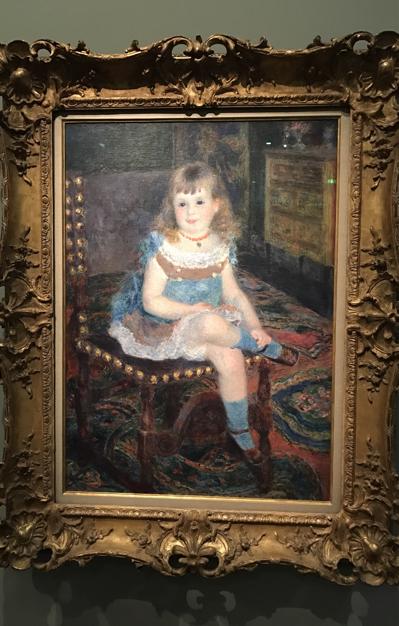

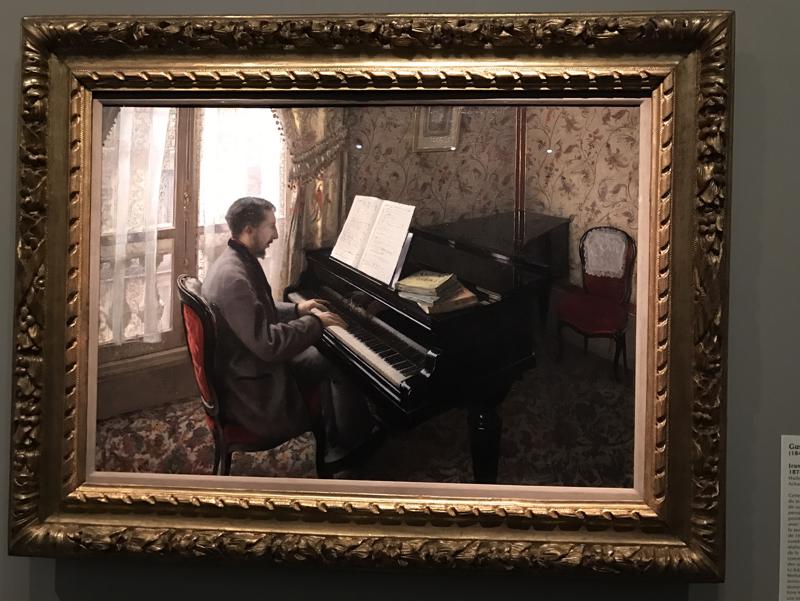
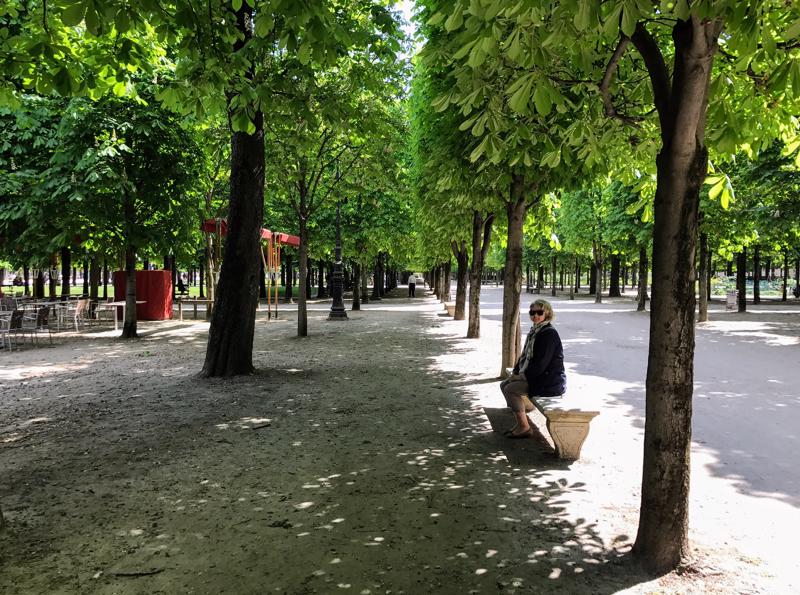
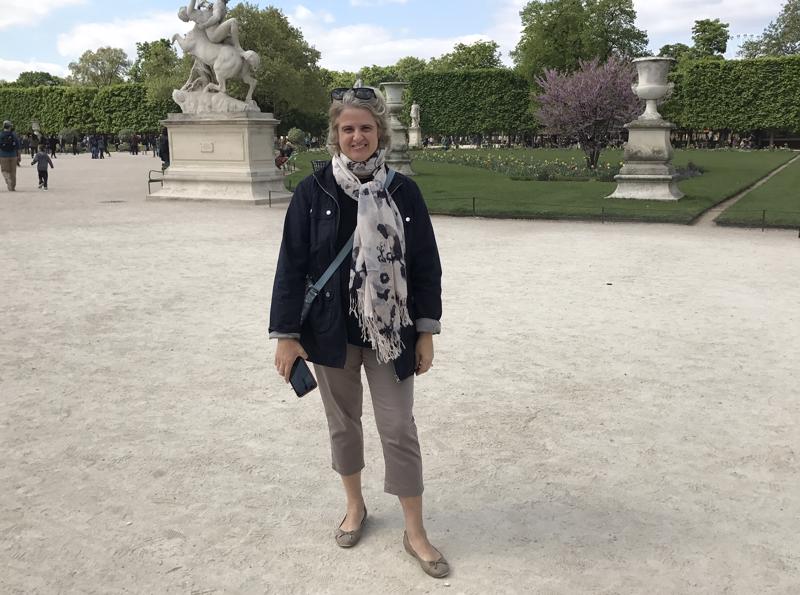
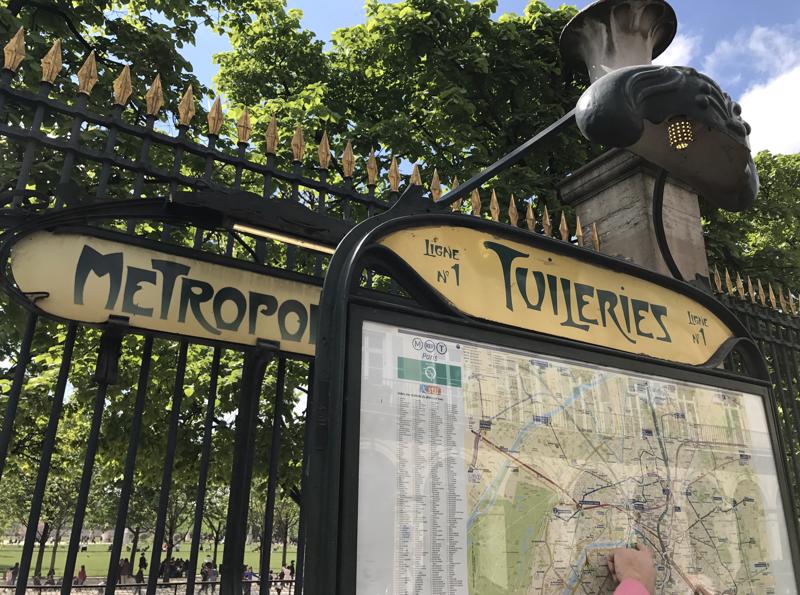
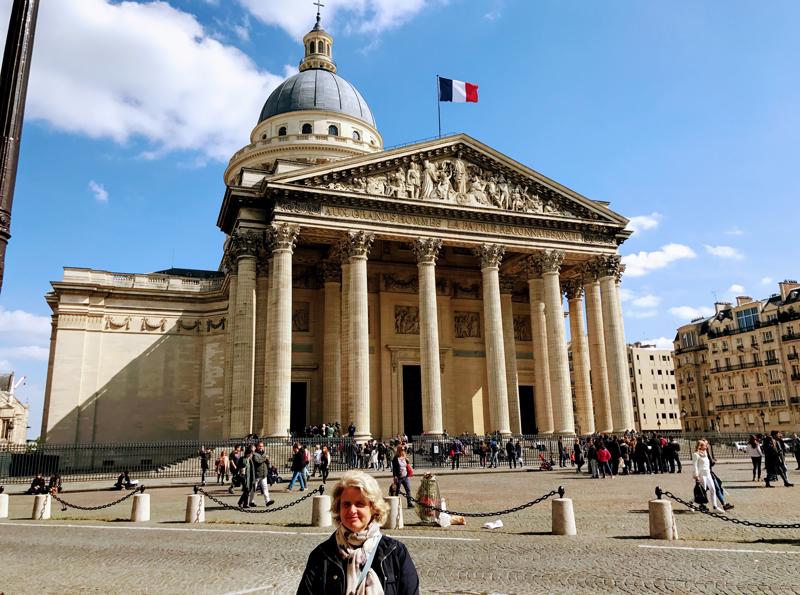
the oval rooms that visitors can sit on and admire the paintings. The gallery also houses other artworks by Renoir, Modigliani, Cezanne, and many other famous impressionist artists. There are also some Picassos.
We then travelled by metro to the Jardin des Plantes, which is the botanical garden right next to the zoo and the Museums of Natural History. It is a beautiful garden and the buildings are magnificent.
We then walked to the Pantheon. This is a huge structure built in the second half of the 18th century. It was designed to be a church built on classical Greek lines, but the Revolution coincided with its opening and it was transformed into a building to glorify the achievements of men and also became a mausoleum for famous French people, including Victor Hugo, Alexandre Dumas, Pierre and Marie Curie, Voltaire, Rosseau, and many others. The are also some
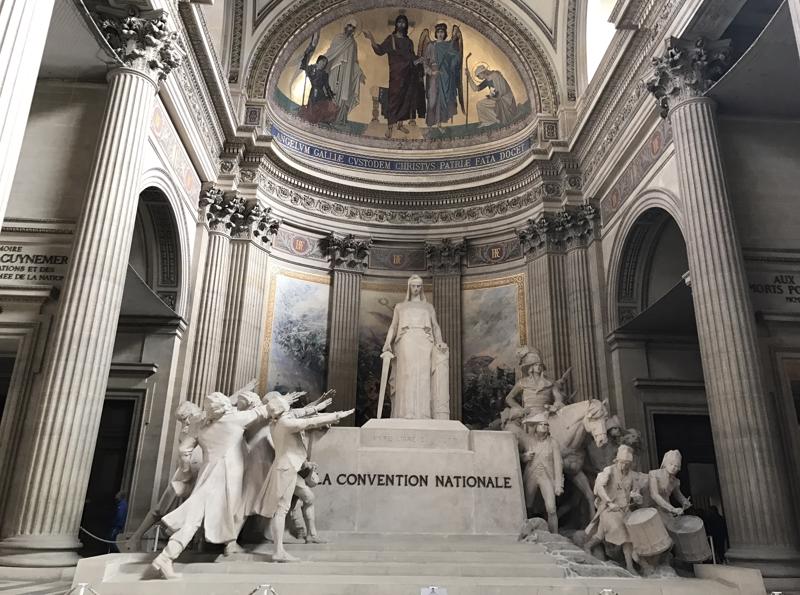
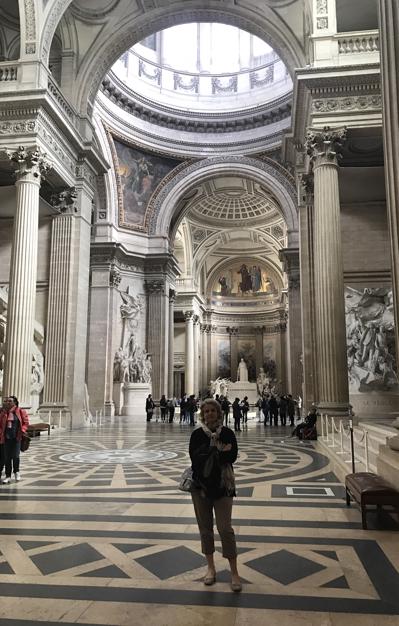
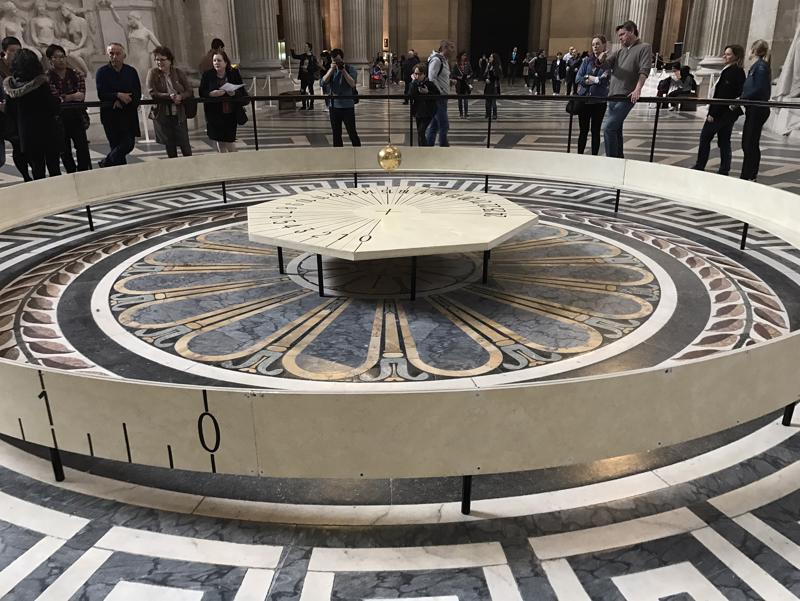
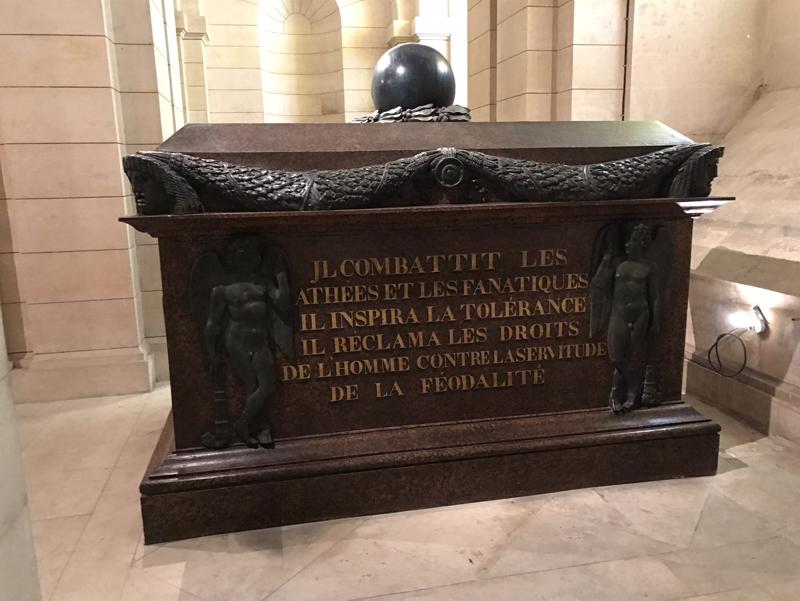
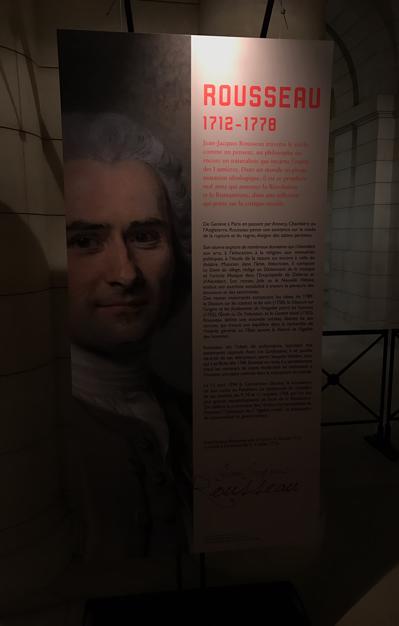
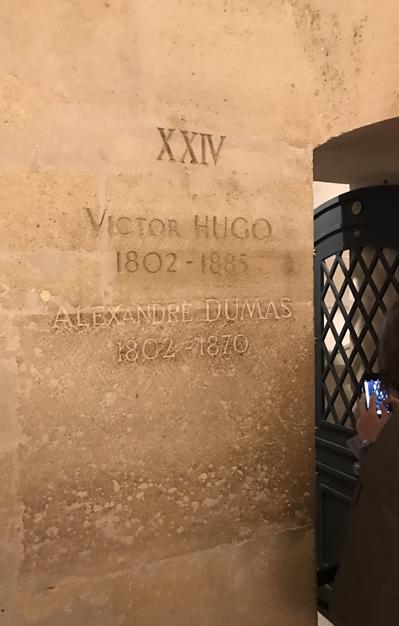
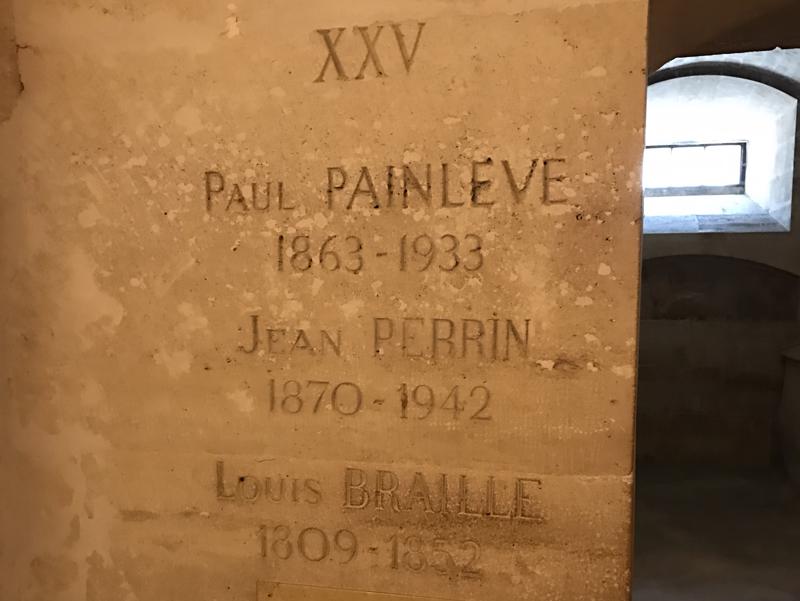
incredible artworks in the Pantheon which depict famous historic events such as the invasion of Paris by Attila the Hun, the crowning of Charlemagne by the Pope, the French Revolution, and many more. It is an amazing building. It is located in the areas of the French university and the school of law is across the road. The Sorbonne is in the vicinity.
We then went to see the Luxembourg gardens which is walking distance from the Pantheon. The Luxembourg Palace and gardens was first built in the 17th century and the palace is now used by the
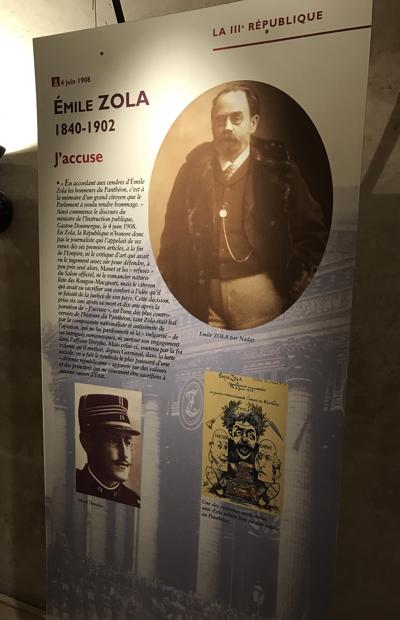
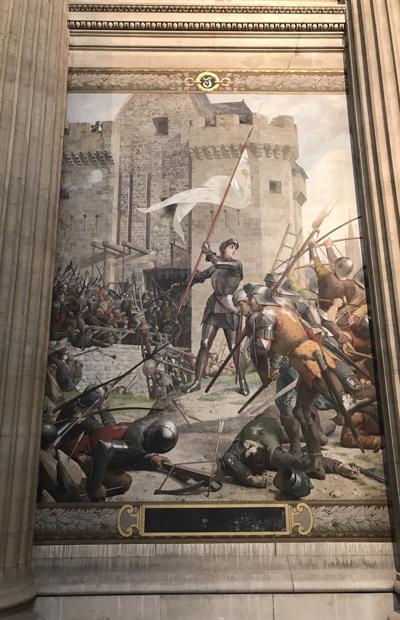
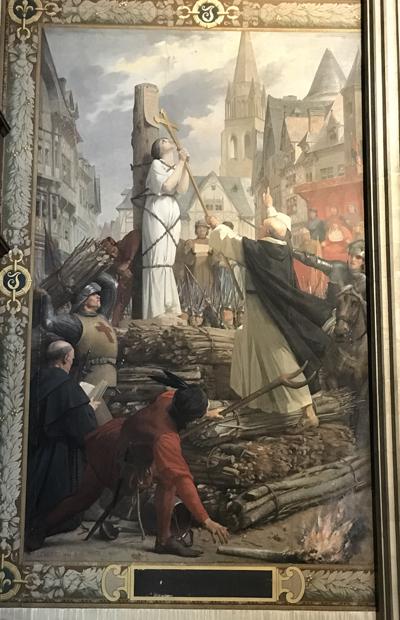
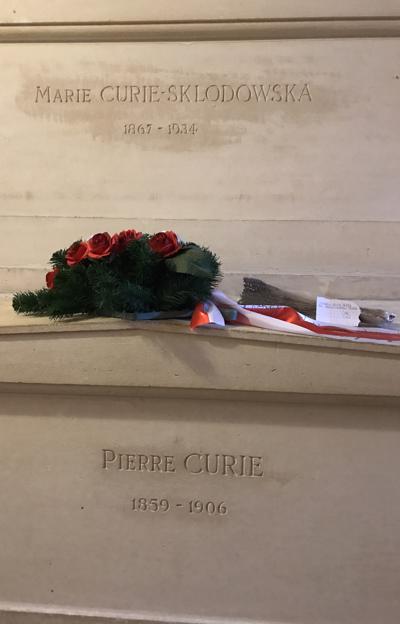

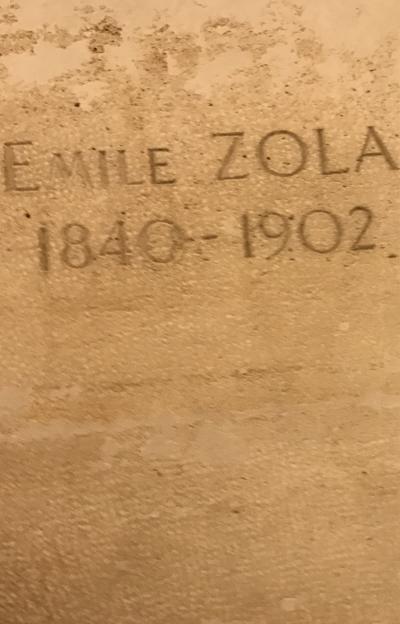
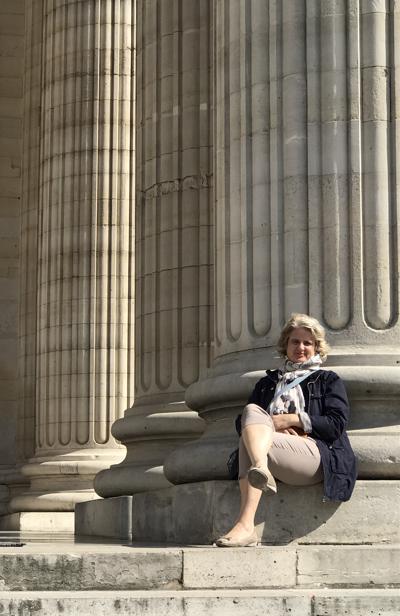
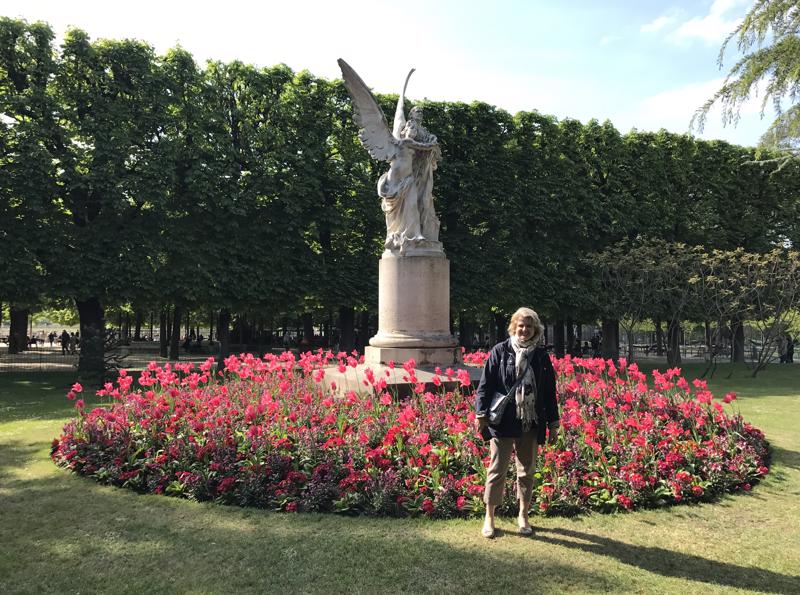
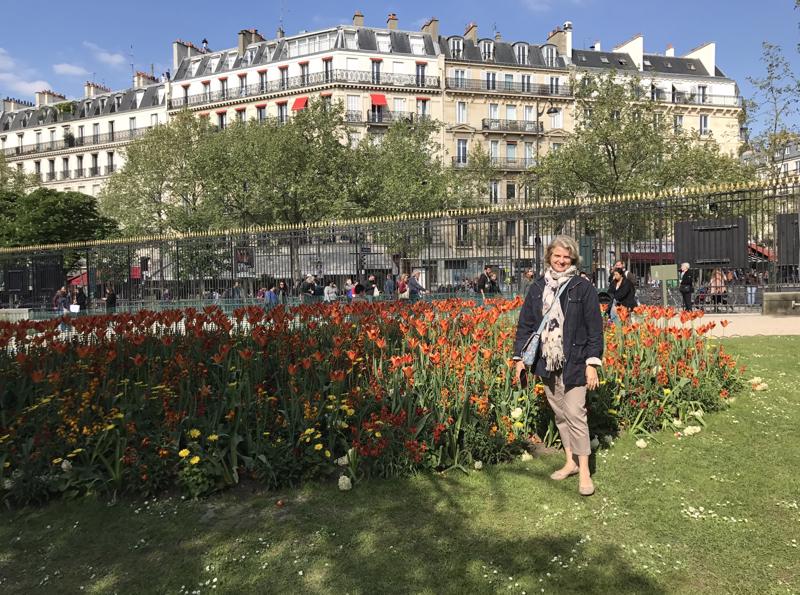
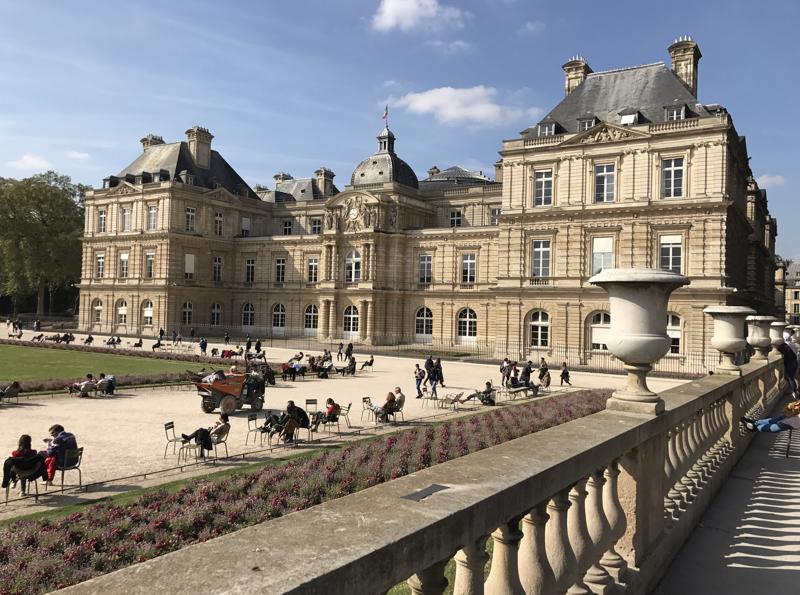
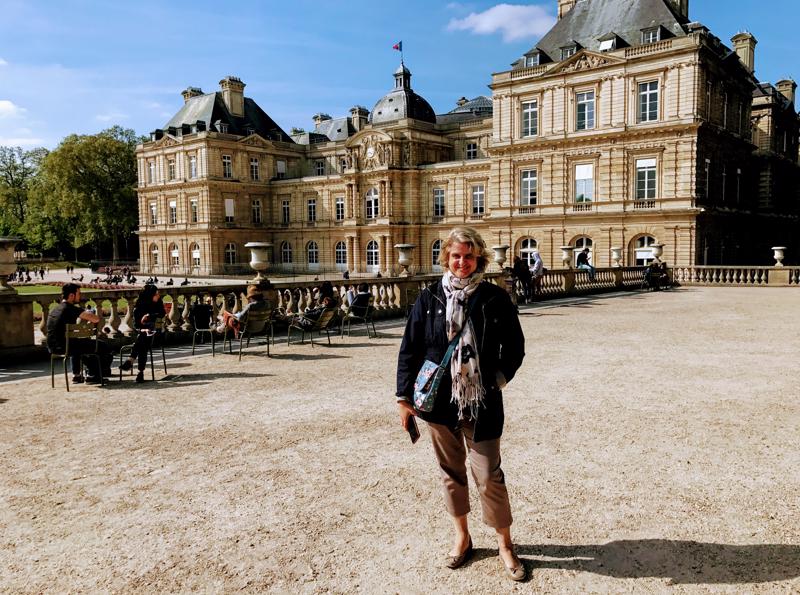
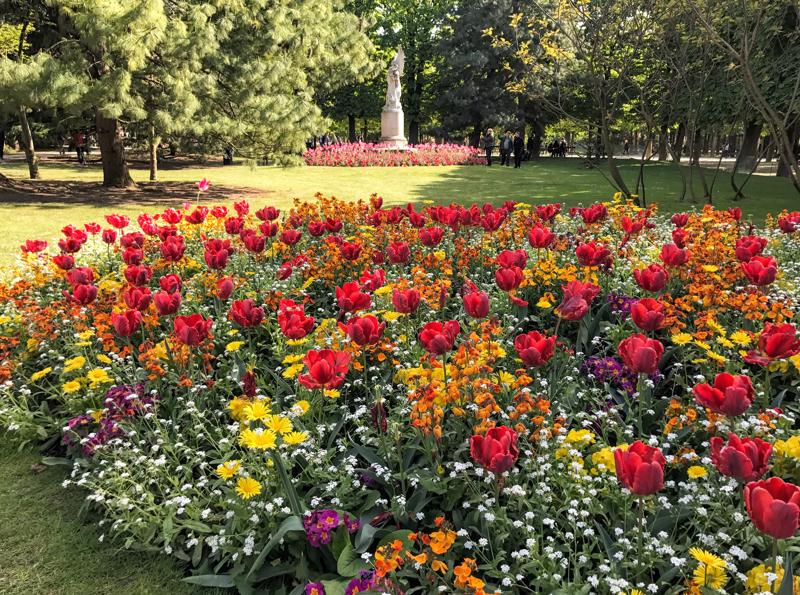
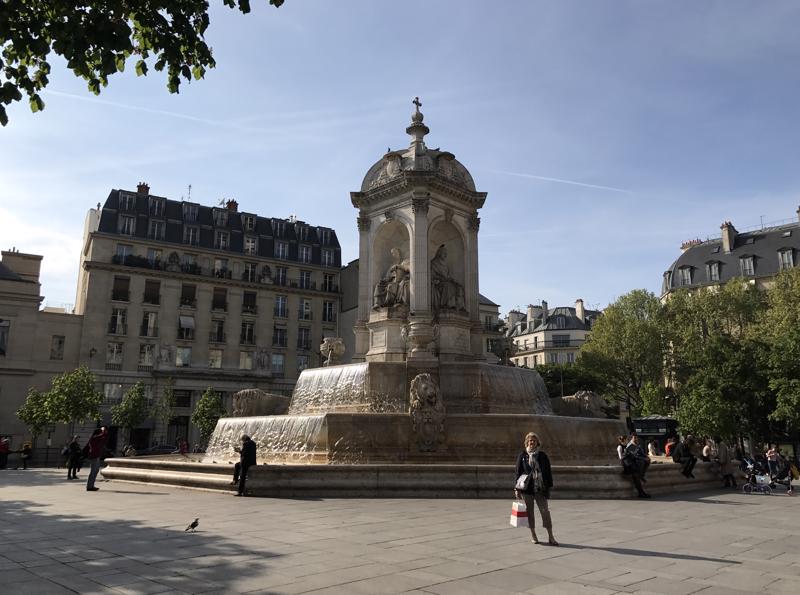
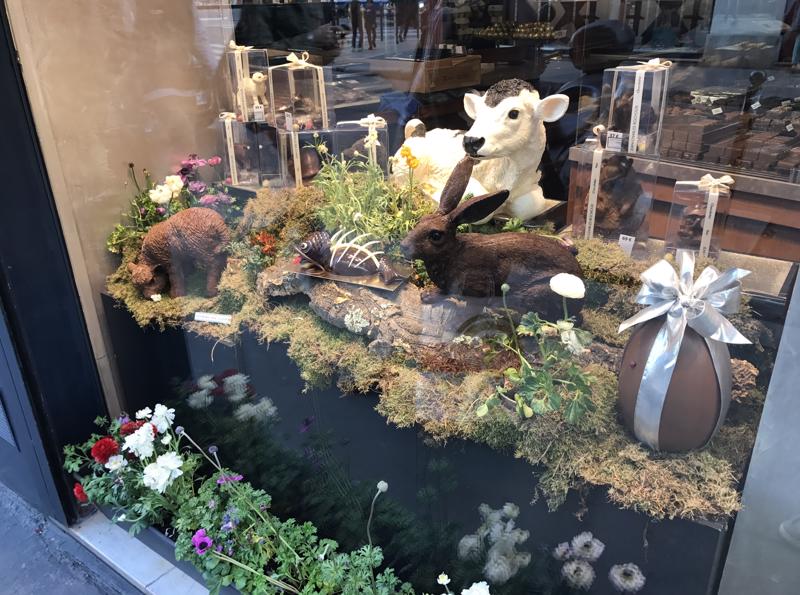
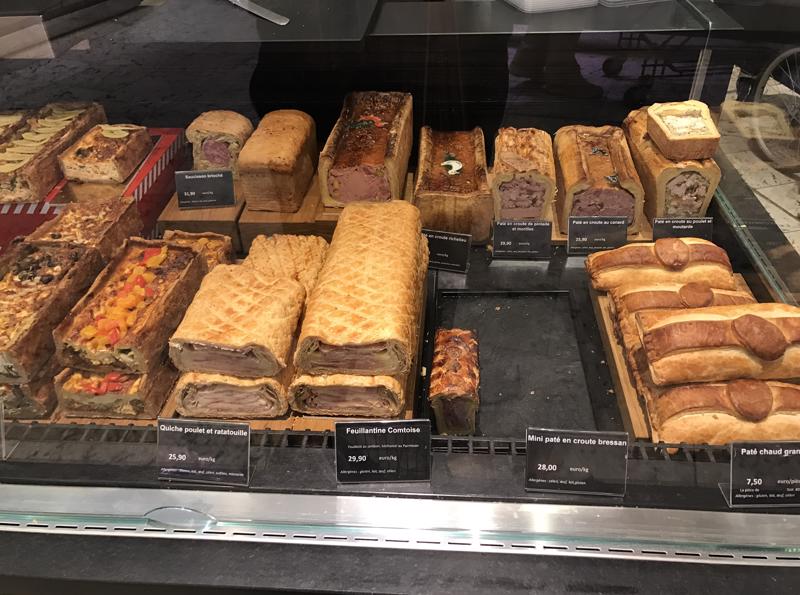
Senate. The gardens are magnificent. The trees are the same as those in the Tuileries gardens. After much research we have discovered that these trees are horse chestnut trees. I will have to investigate whether these can grow in Australia. They are in all the major gardens in Paris.
We walked to the Saint Sulpice Church next. This is another amazing building with a large fountain in the plaza in front of the unique building. Yet another architectural marvel.
We walked to the Le Grand Epicerie, which is a large food emporium which brings together all the best of French food. It is a bit like the David Jones Food Court in Sydney on steroids. It is a multi-storey cuisine market. We bought lots of delicious items for dinner. Then we caught the metro back to our apartment and put the food to good use.
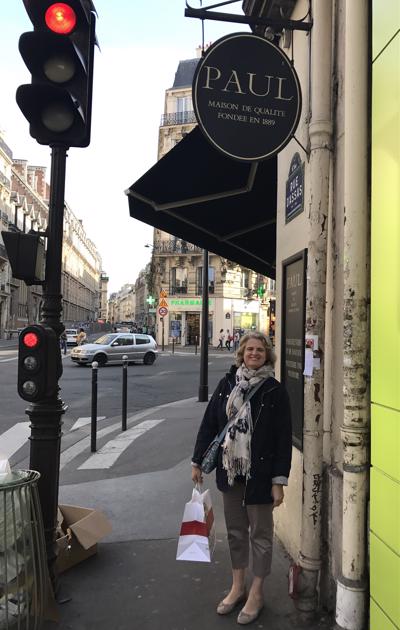
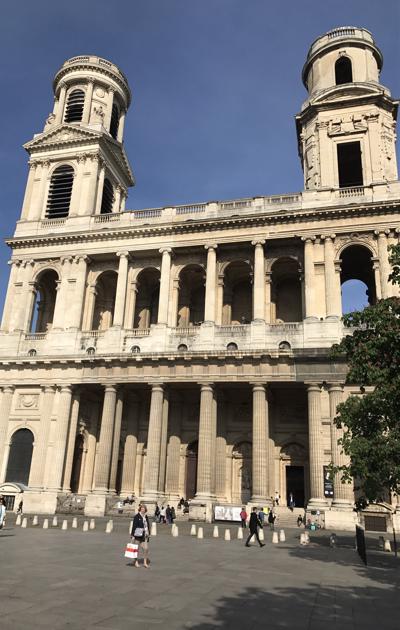
1.
Last Minute Packing
2.
Day of Departure
3.
First Day in Paris
4.
Second Day in Paris
5.
Third Day in Paris
6.
Fourth Day in Paris
7.
Fifth Day in Paris
8.
Sixth Day in Paris
9.
Seventh Day in Paris
10.
Eighth & Final Day in Paris
11.
Driving to Tours
12.
Exploring Royal Palaces
13.
Tours to Cannes
14.
St Tropez
15.
Nice and Monaco
16.
Back to Paris
17.
Leaving on a Jet Plane
Share your travel adventures like this!
Create your own travel blog in one step
Share with friends and family to follow your journey
Easy set up, no technical knowledge needed and unlimited storage!